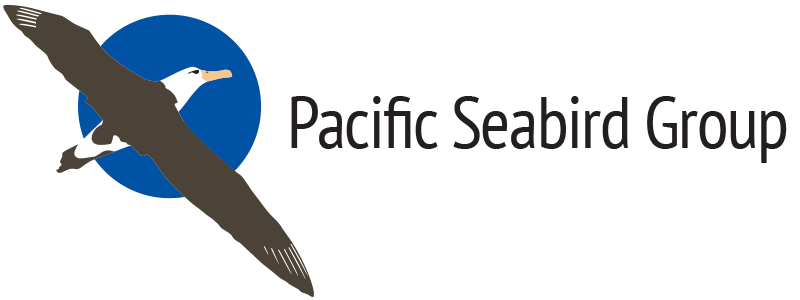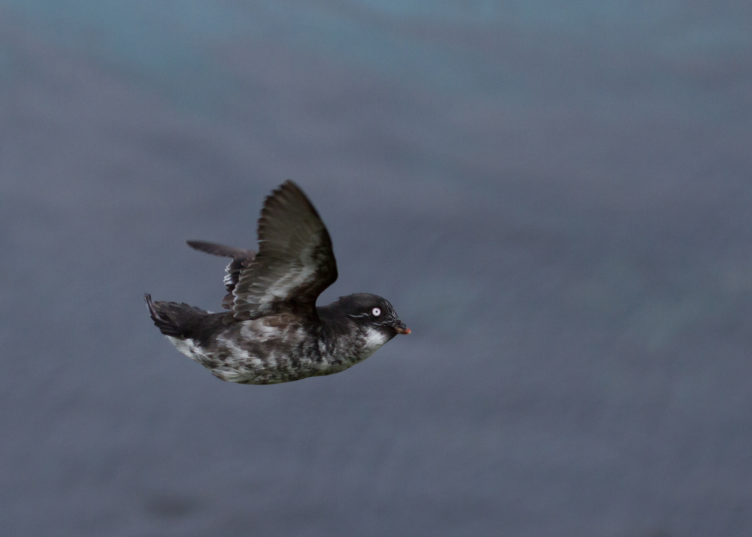Volunteer Opportunity: Habitat Restoration Volunteer (HI)
Kure Atoll Wildlife Sanctuary is recruiting volunteers!
Job Type: Habitat Restoration Volunteer
Location: Kure Atoll Wildlife Sanctuary, Northwestern Hawaiian Islands Duration: 7-8 months (Approximately March to October 2021)
Application deadline: Applications reviewed upon receipt until positions are filled
Inquiries: Email Cynthia Vanderlip & Naomi Worcester at kureatoll@gmail.com
To apply: Send resume, cover letter, and three references to kureatoll@gmail.com
Description: The State of Hawai’i’s Department of Land and Natural Resources (DLNR), Division of Forestry and Wildlife (DOFAW) is seeking Habitat Restoration Volunteers for work at Kure Atoll Wildlife Sanctuary in the Northwestern Hawaiian Islands. Kure Atoll is a part of the Papahānaumokuākea Marine National Monument and is located 1,400 miles northwest of O’ahu. Kure Atoll provides important habitat for wildlife, including the endangered Laysan teal (Anas laysanensis) and Hawaiian monk seal (Neomonachus schauinslandi). Eighteen species of seabirds nest on Kure including Black-footed albatross (Phoebastria nigripes) and Christmas shearwaters (Puffinus nativitatis). DLNR is committed to eradicating non-native and invasive plant species such as Golden crown-beard (Verbesina encelioides) from the atoll. Invasive plants are a significant management concern because they displace native plants, which are necessary for wildlife habitat and to promote dune stability. This position is a rare opportunity to protect and recover a unique ecosystem while living in a remote wildlife sanctuary! Kure Atoll is an extremely remote work location and transportation to the atoll is limited and infrequent. Deployment to any remote field station is a serious undertaking. Delays in travel dates due to weather or ship mechanical issues may occur. Due to Kure’s remote location and difficult access response times for emergencies, including evacuation, may be uncertain. The ability to live and work in close quarters with a small group of people for an extended period of time is of the utmost importance. Field teams typically consist of 5-8 personnel. There are only 2 field seasons per year (approximately 6-8 months each). There is no Internet or cell phone service available. Contact with friends/family is limited to text only email (no pictures or attachments) through the field station’s satellite phone. Volunteers will be trained to conduct: Invasive plant removal (manual and chemical), invasive species monitoring, plant identification, wildlife monitoring and species identification, native plant propagation and distribution, safe animal handling, and beach cleanups to remove wildlife entanglement and ingestion hazards. Although the program objectives are diverse, the majority of time is dedicated to invasive plant removal. Volunteers will acquire skills in: Data collection and entry, Excel and GPS equipment, binocular/spotting scope use. Hawaiian cultural activities are incorporated into the program.
Requirements: Strong interpersonal skills, excellent physical and mental health, able to walk 10 miles per day with a 40 lb. pack over soft sand and uneven terrain, able to lift and carry 50 lbs., data collection and management skills, able to work for long hours in uncomfortable and/or unpredictable weather, bend or stoop for short periods of time, ability to swim, 20/20 color vision or correctable lenses. Must be able to obtain medical clearance for embarking/working on research vessels. Must be comfortable with use of pesticides. Volunteers can expect to work 40 hours per week. Work hours are project dependent and may include early mornings, evenings, and weekends. Additionally, volunteers will assist with camp upkeep and chores outside of regular work hours. Travel dates are tentative and subject to change. DLNR/ DOFAW will provide transportation between Honolulu and Kure. Lodging and food while on Kure and in transit between Honolulu and Kure are provided. Most clothing and work related gear is provided.
Strict Quarantine: Biosecurity protocols are in place to prevent further introduction of alien species. This quarantine requires that all “soft” items (clothing, shoes, straps, etc.) must be purchased as new and frozen for 48 hours prior to departure to Kure Atoll. All “hard” items (cameras, electronics, musical instruments, etc.) must be inspected thoroughly and may need to be frozen or fumigated prior to departure.
For more information visit:
- Kure Atoll Conservancy website: http://www.
kureatollconservancy.org/ - Kure Atoll Blog: http://kureatollconservancy.
org/explore/kure-blog/ - Kure Atoll Facebook Page: https://www.facebook.com/
kureatollconservancy - Papahānaumokuākea Marine National Monument: http://www.papahanaumokuakea.
gov/visit/kure.html






